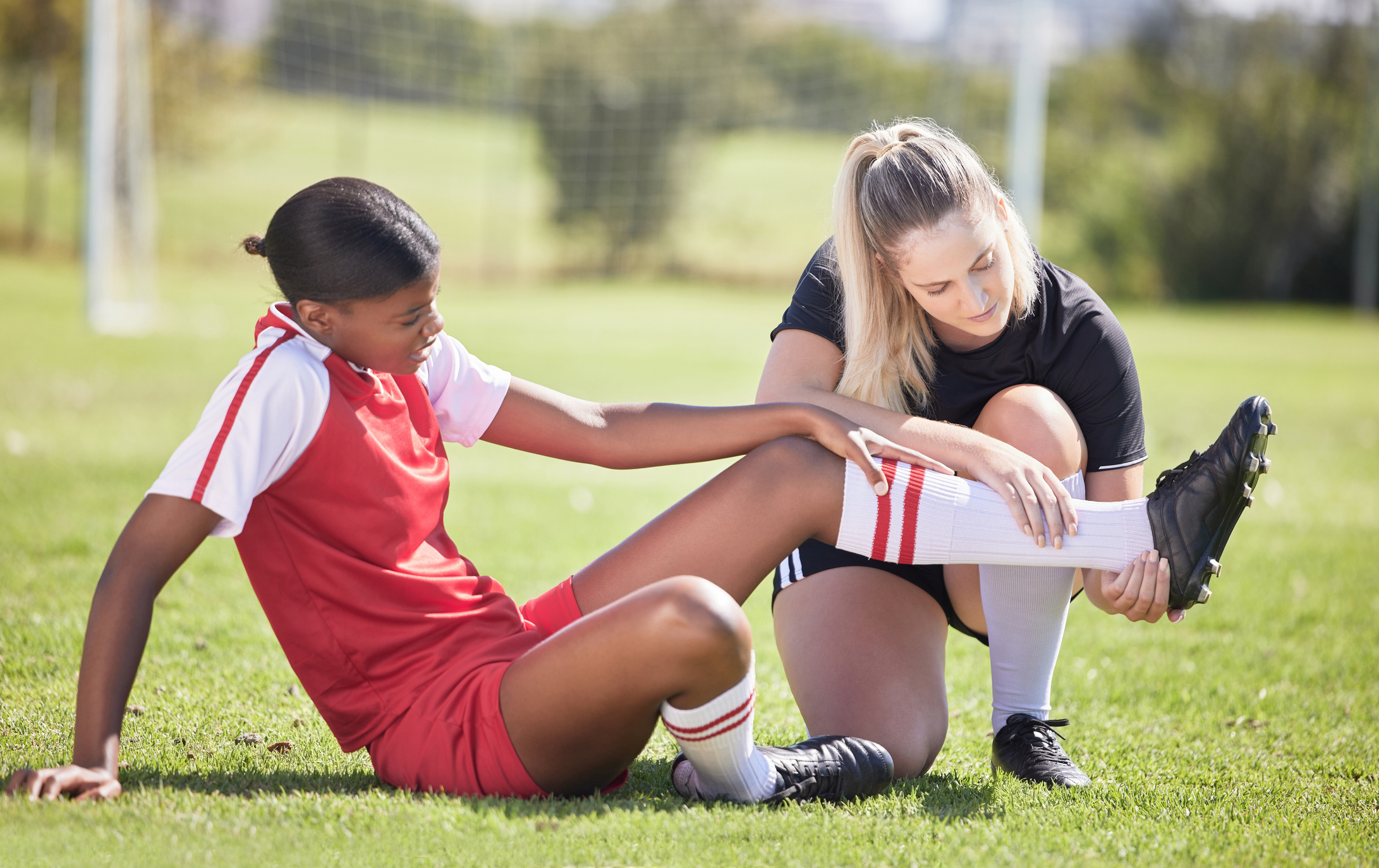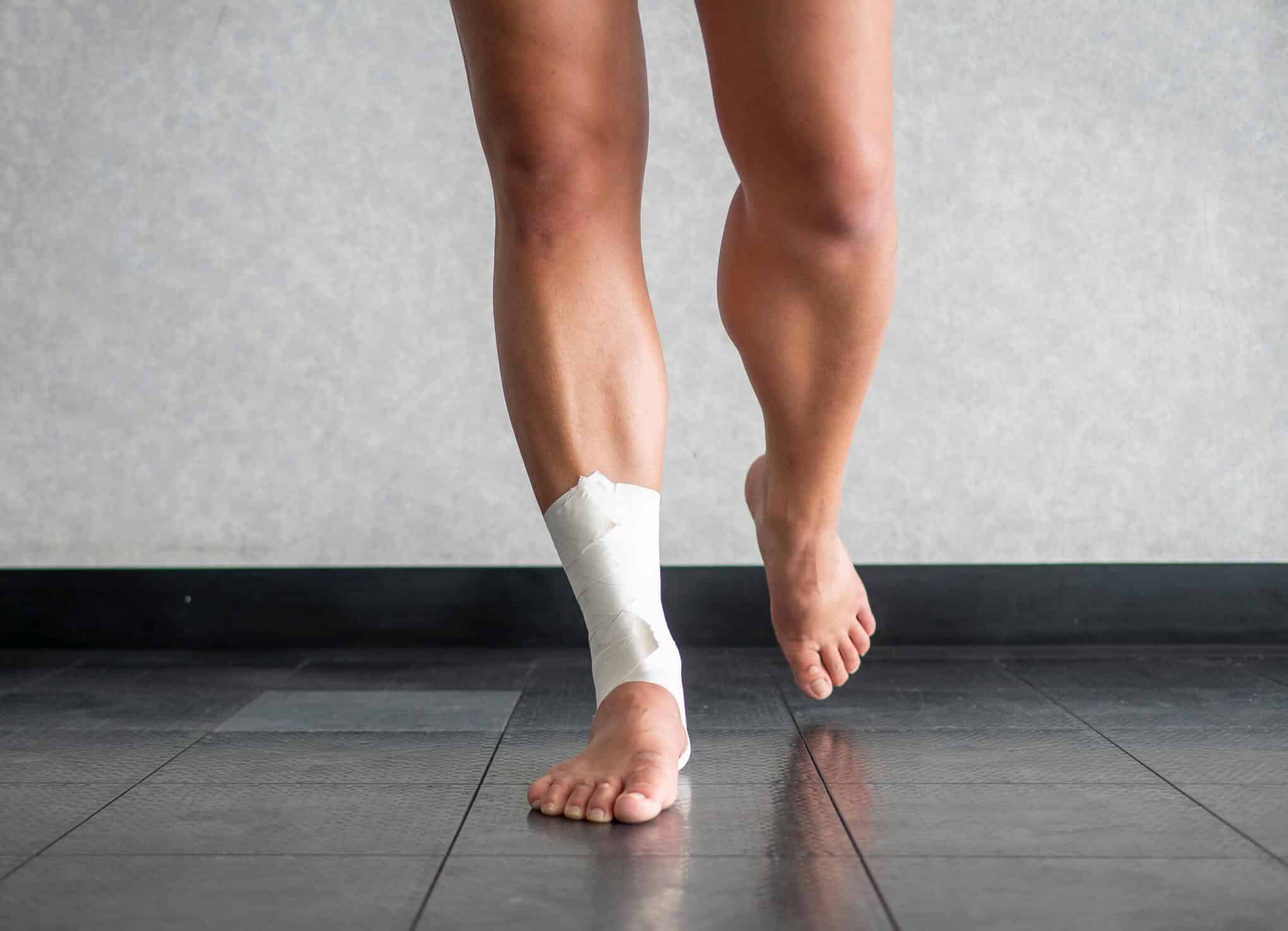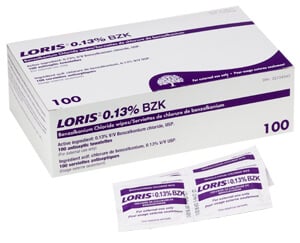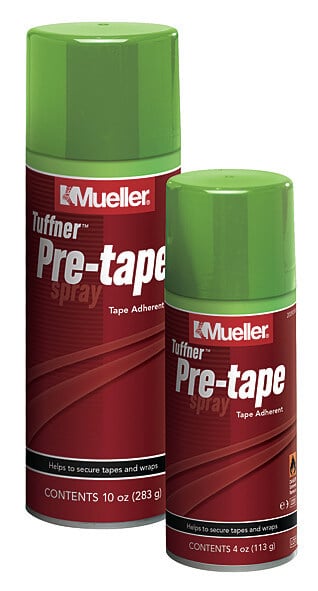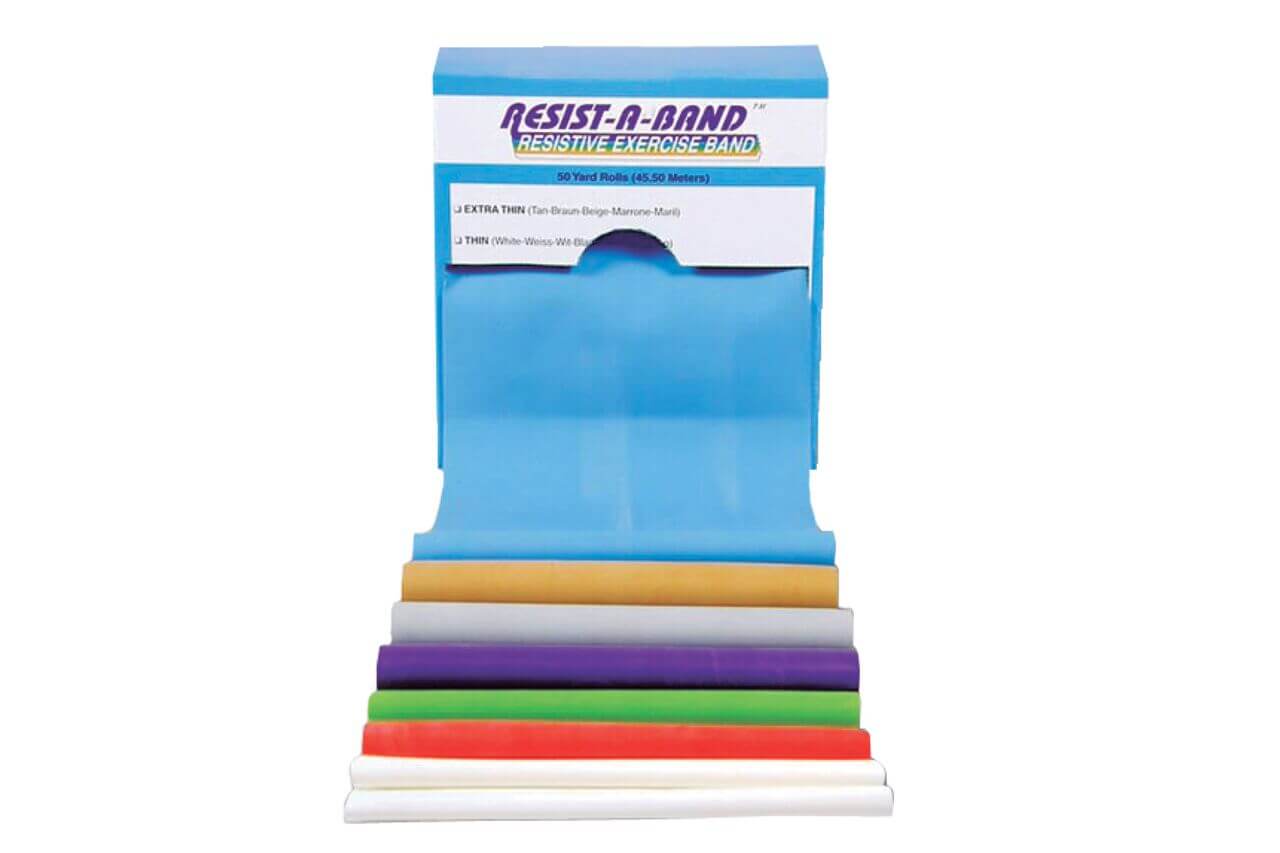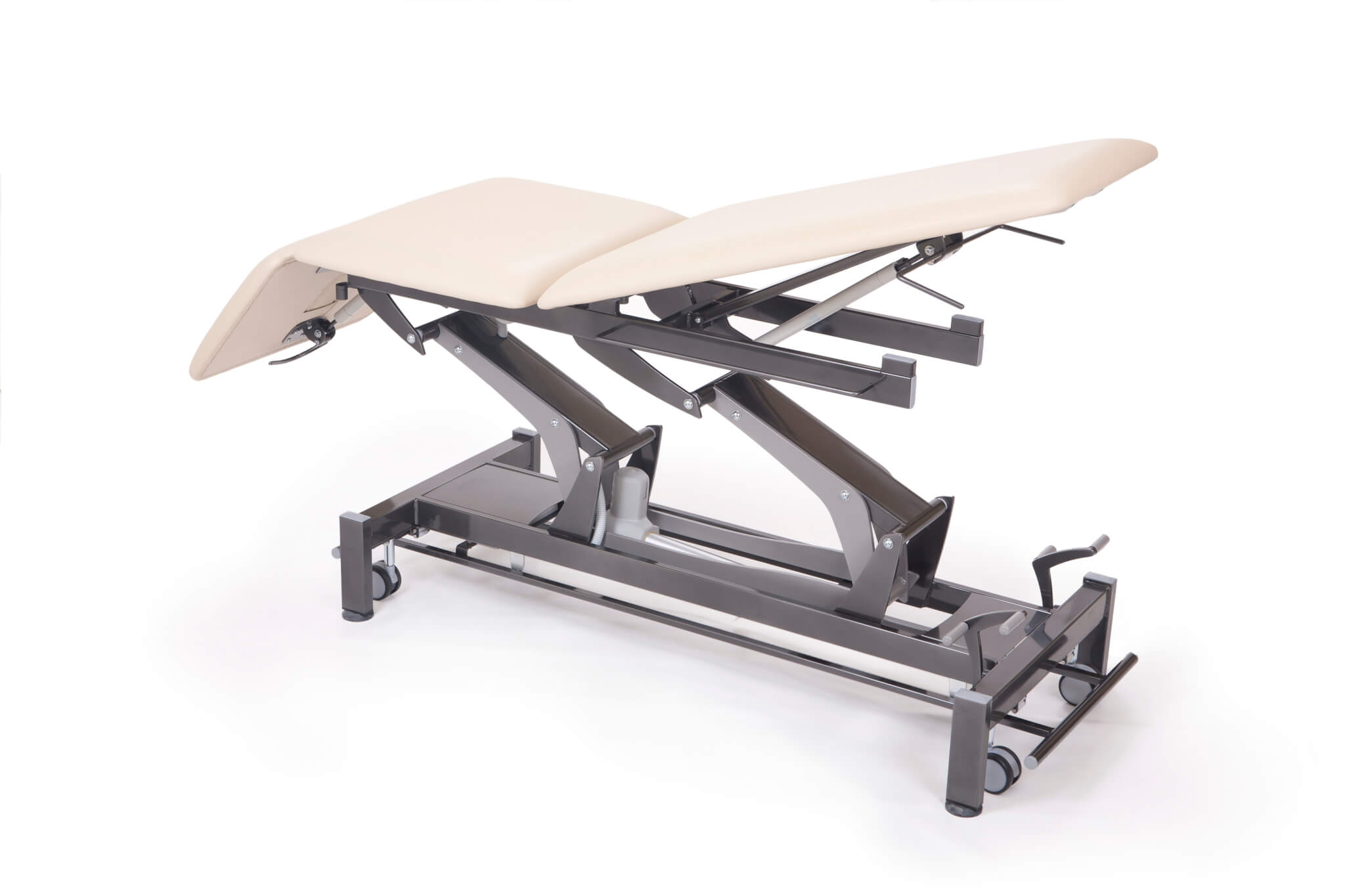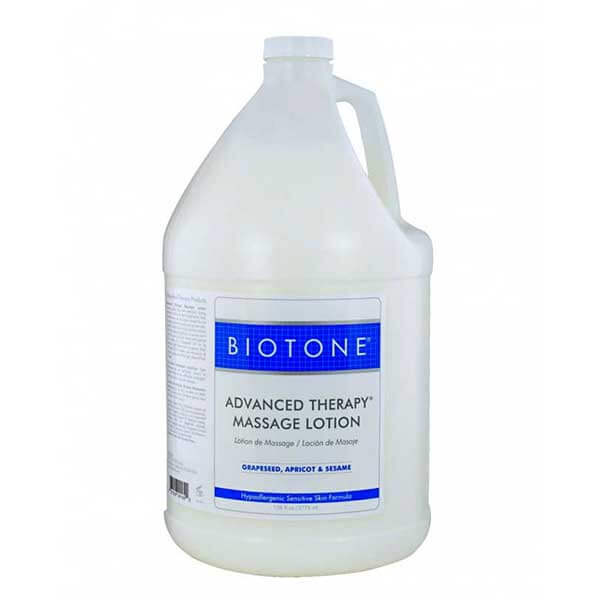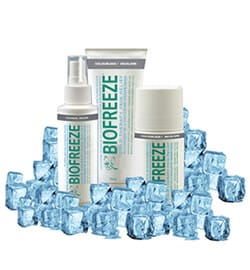Athletic therapists specialize in the prevention, assessment, and rehabilitation of musculoskeletal injuries, focusing on keeping athletes and physically active individuals healthy and performing at their best. To do this effectively, they rely on a wide range of medical supplies and equipment.
Athletic Therapy Supplies
Below is a description of the items typically found on an athletic training supplies list:
Taping and Wrapping Supplies
Taping and wrapping are fundamental techniques used by athletic therapists to provide support, reduce swelling, and prevent injuries. Common types of tapes and wraps found on an athletic training supplies list include:
- Athletic Tape: Used to stabilize joints, limit movement, and provide support for injured areas. Elastic kinesiology tape is often used for muscle support and improved circulation.
- Elastic Bandages: These flexible bandages, such as ACE wraps, are used for compression and support, especially for sprains, strains, or swollen areas.
- Pre-Wrap (Underwrap): A thin, foam-like material applied under athletic tape to prevent skin irritation and make the tape easier to remove.
- Cohesive Bandages: Self-adhering bandages that stick to themselves, often used for quick wrapping in the absence of pre-wrap or as a lightweight alternative.
Cold and Heat Therapy Supplies
Cold and heat therapies are key for managing pain, reducing inflammation, and improving blood flow to injured areas. Athletic therapists use a variety of tools for these purposes and may include them among their athletic training room supplies:
- Ice Packs and Cold Packs: Reusable gel packs or instant ice packs that can be applied directly to injured areas to reduce swelling and pain. Cryotherapy machines may also be used for advanced cold treatments.
- Hot Packs and Heating Pads: Used for heat therapy to relax tight muscles, increase circulation, and relieve joint stiffness.
- Cold Therapy Compression Units: Advanced devices that combine cold therapy with pneumatic compression to reduce swelling and promote faster recovery.
Braces and Supports
Braces and supports are commonly included in athletic training kit supplies as they can provide structural assistance to injured or weakened joints and muscles, offering stability during rehabilitation or physical activity:
- Knee Braces: Offer support to the knee joint, commonly used for ligament injuries (ACL, MCL) or after surgery.
- Ankle Braces: Used to stabilize the ankle, especially after a sprain or strain.
- Wrist and Elbow Braces: Provide support for wrist and elbow injuries, such as sprains, tendinitis, or ligament strains.
- Back Braces: Help to stabilize and protect the lower back, especially for athletes with a history of lower back pain or injury.
Modalities for Rehabilitation
Athletic therapists utilize various modalities to enhance recovery and rehabilitation. These include both manual tools and advanced electronic devices:
- Ultrasound Machines: Emit sound waves to stimulate deep tissue healing, improve blood flow, and reduce inflammation.
- Electrical Stimulation Devices (TENS, EMS): Use low-level electrical currents to stimulate muscles and nerves, helping reduce pain, promote healing, and prevent muscle atrophy.
- Massage Guns: Handheld devices that deliver percussive therapy to relax muscles, break down scar tissue, and improve blood flow.
- Foam Rollers and Massage Balls: Used for self-myofascial release to stretch and loosen tight muscles, aiding in flexibility and recovery.
Rehabilitation and Exercise Equipment
For athletes recovering from injury, rehabilitation exercises are essential for regaining strength, flexibility, and mobility. Common rehab equipment found on an athletic training supplies list includes:
- Resistance Bands and Tubes: Elastic bands or tubes used to provide resistance in exercises to strengthen muscles, improve flexibility, and enhance coordination.
- Balance and Stability Tools: Balance boards, stability balls, and wobble cushions are used to improve balance and proprioception, crucial for injury prevention and rehabilitation.
- Therapeutic Exercise Balls (Swiss Balls): Used for a wide range of exercises targeting core stability, strength training, and balance.
- Foam Blocks and Stretch Straps: These tools are used to aid in stretching, improving range of motion, and providing support during rehabilitation exercises.
First Aid and Emergency Supplies
Athletic therapists are often the first responders when an athlete is injured on the field or in the gym. First aid supplies are therefore essential for managing acute injuries and emergencies and are key components on an athletic training supplies list:
- First Aid Kits: These kits are stocked with essentials like bandages, gauze, antiseptic wipes, adhesive strips, scissors, and tweezers to handle minor injuries.
- CPR Masks and AED (Automated External Defibrillator): Crucial for managing cardiac emergencies. AEDs are often kept on hand for sudden cardiac arrest situations.
- Splints and Slings: Used to immobilize fractures or dislocations before transporting the injured athlete for further medical care.
- Gloves and Disinfectants: Nitrile or latex gloves and disinfectant sprays or wipes are used to maintain hygiene and prevent infection during injury care.
Hydration and Nutrition Support
Athletic therapists also monitor hydration and nutrition, especially during practices and competitions, to prevent dehydration and heat-related illnesses:
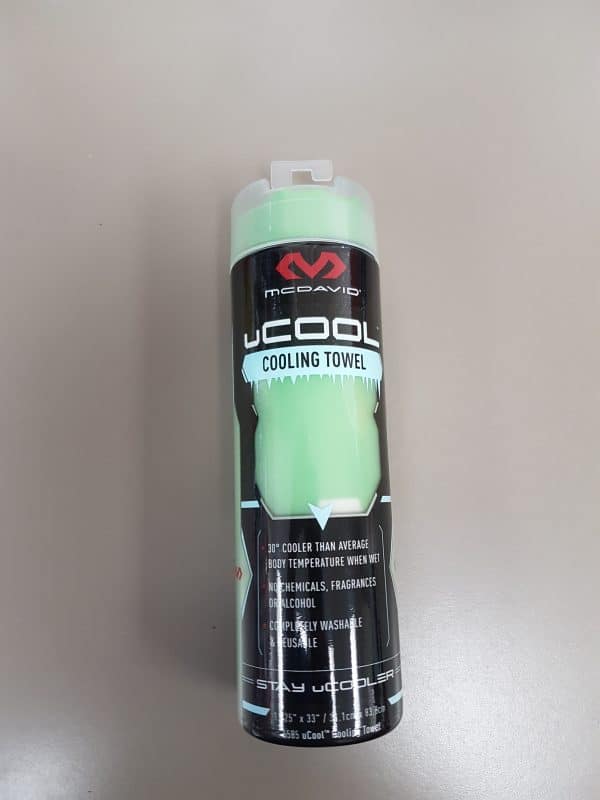
- Electrolyte Drinks and Supplements: Used to replenish fluids and electrolytes lost during intense physical activity, preventing cramping and dehydration.
- Cooling Towels: Help regulate body temperature, especially during outdoor events or hot climates.
- Hydration Packs and Bottles: Convenient, portable water bottles or hydration packs that allow athletes to stay hydrated during extended periods of physical exertion.
In addition to treating injuries, athletic therapists are responsible for assessing and diagnosing musculoskeletal problems. The diagnostic tools used for these diagnoses and assessments will help them determine the severity of an injury and plan appropriate treatment, and are therefore critical components of an athletic training supplies list:
Diagnostic Tools
- Goniometers: Used to measure joint angles and range of motion, essential for tracking rehabilitation progress.
- Reflex Hammers: Used to test deep tendon reflexes, helping assess nerve function and detect neuromuscular issues.
- Pulse Oximeters and Blood Pressure Monitors: Useful for monitoring vital signs during assessments and emergencies.
Conclusion
Athletic therapists rely on a wide variety of medical supplies to help athletes perform at their best, prevent injuries, and recover from physical setbacks. From basic first aid tools to advanced rehabilitation equipment, the components of a properly assembled athletic training supplies list will enable them to address both acute and chronic issues, ensuring the health and longevity of athletes across all levels of competition.

